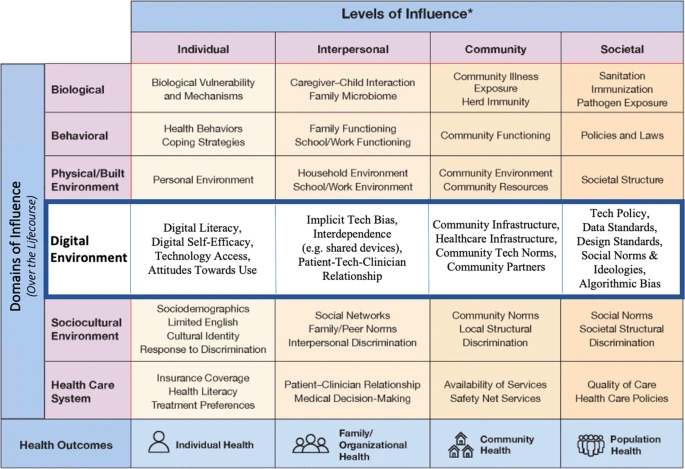Making Digital Health Equity a Practical Reality
- Wendy Chapman
- Sep 5, 2022
- 2 min read
Kara, Mahima, and Simone led an amazing symposium and workshop on digital health equity, with over 120 people attending the symposium from around the globe. I want to share a few highlights from the talks (stay tuned for the YouTube posting).
Prof Shanton Chang from Unimelb CIS pointed out five elements of digital inclusion and posed questions we should ask about the information we are providing in our digital solutions.
 |  |
Dr. Lutza Ireland is a neuroinclusion consultant and trainer - her description of the different ways we process information really resonated with me--my son has selective mutism, and I see the ways he struggles at university when the system is designed for people comfortable in asking for what they need and seeking social opportunities.
 |  |
Dr. Jessica Watterson from the Monash Malaysia campus provided a really useful diagram to guide the way we interact with consumers--I like the term collaborative design. Previously, she did a study in the US and found through collaborative design that a digital solution to improve physical activity and wellness relied on what may seem from a researcher perspective to be unexpected factors for success: having childcare and coordinating activities that promote group cohesion.
 |  |
Ray Mahoney from CSIRO and Professor of Indigenous Health at Flinders University described common pitfalls of digital health projects with indigenous communities and presented a best practice framework that will have utility beyond interactions with Aboriginal and Torres Strait Islander people.
 |  |

Dr. Adam Craig talked about equity in low and middle income countries, sharing experience from the islands of Tuvalu, situated between Hawaii and Australia. We discussed how the solutions in resource-constrained environments have a lot to teach us in more resource-rich areas.
Finally, in the workshop, Mahima led four teams through a design thinking process with a focus on considering equity and inclusion in creating digital solutions to their pressing problems. She used this new framework that will become a critical element in the Validitron.

Ray Mahoney's response to my question will be my guiding words as we seek to build partnerships with industry, indigenous communities, and government. They seem obvious but put this way were a revelation to me:
Relationships before partnerships
Regional Linguistic Quirks (RLQ): When I first heard this word used for whiteboard markers, I thought it was spelled "texter", but apparently it is "texta", which was an Australian brand of markers and colored pencils.



Comments